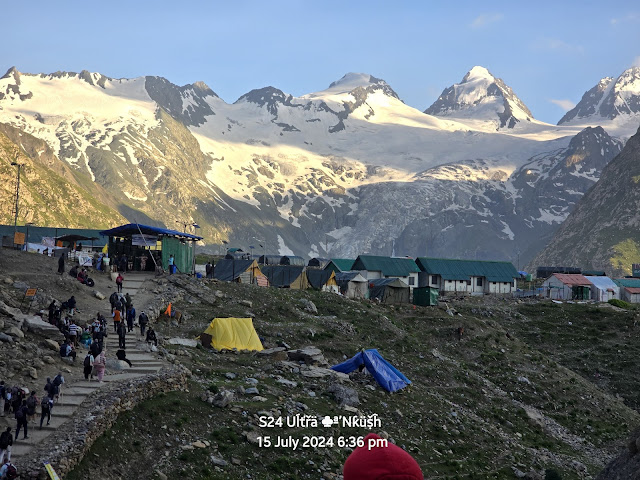The Tarikh-i-Alfi (History of a Thousand Years) is a historical work chronicling the first thousand years of Islamic world history. Commissioned by Mughal emperor Akbar, the chronicle was written by a board of compilers headed by a Shia theologian Mulla Ahmad of Thatta. Mulla Ahmad had written a large part of the text.
Due to the animosity between Shias and Sunnis, Mulla Ahmad was murdered in 1588 in the street of Lahore by a Sunni nobleman, Mirza Fawlad, who lured him out of his house on the pretext that the emperor had asked for his presence in the court.
Mirza Fawlad was condemned to death causing resentment among the Sunnis who exhumed Mulla Ahmad's body and burnt it. After the death of Mulla Ahmad, Asaf Khan Jafar Beg completed the rest of the work around 1592.
Mughal Court historian Badauni was selected by Akbar to revise the manuscript and compare it with other histories.
Tarikh-i-Alfi was written in the Persian language.































